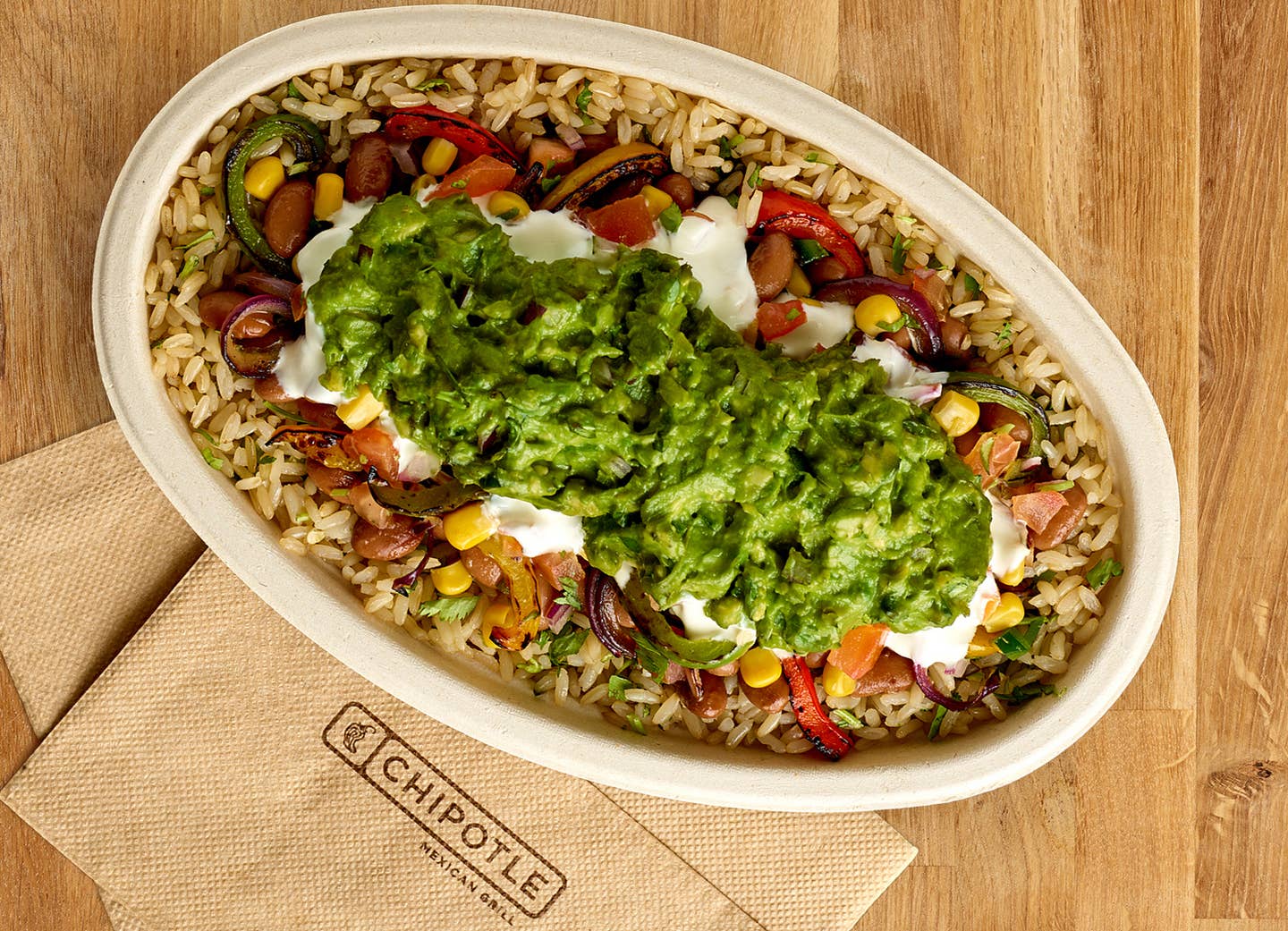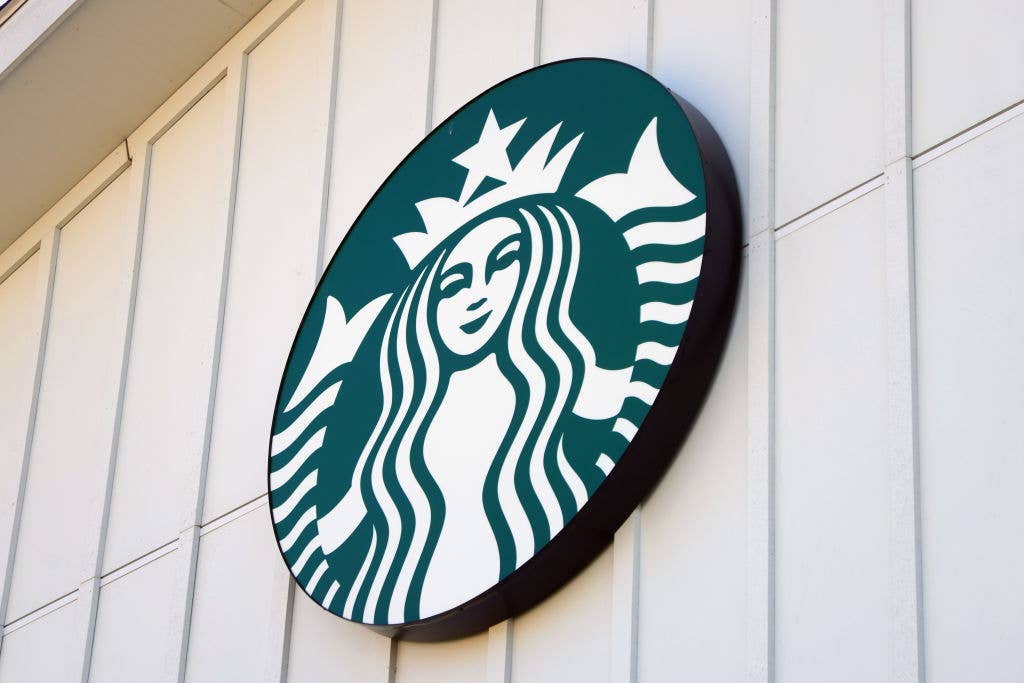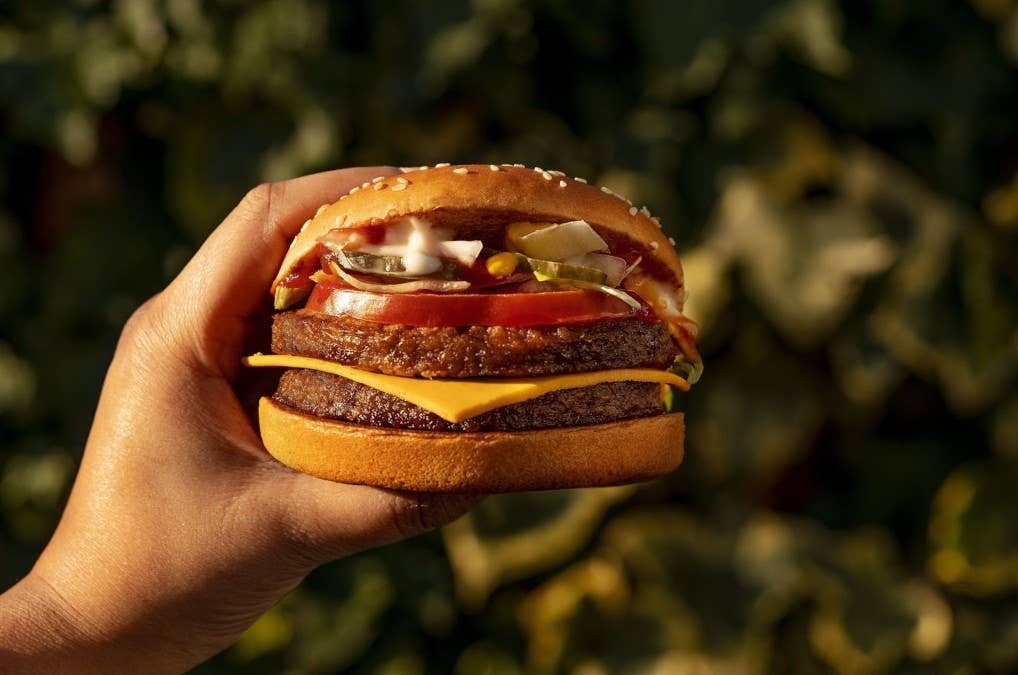
What You Need to Know About the New USDA Label: “Bioengineered”
If you never quite understood the importance of 'Non-GMO' on a food label, don't worry: Not only was it confusing to know why it mattered (after all, corn is genetically modified, as are most tomato plants), but now the rules and regulations have changed. Here's what you now need to know when buying food, to avoid chemicals and carcinogens from making it onto your plate.
As of January 1st, 2022, the USDA put into effect new food labeling for foods that have been bioengineered in the lab to withstand certain growing conditions, including being sprayed with powerful herbicides like Roundup. While the Non-GMO label will remain in effect (which stands for Genetically Modified Organisms), it no longer carries the same weight as the new label and "bioengineered" is a more accurate way to describe foods that have been altered in-vitro or through RNA changes that could not have been achieved in natural settings or through breeding. Still, the new label does not apply to small sellers of foods, or to restaurants, nor does it regulate meat, poultry, and eggs that are otherwise regulated by other USDA rules. Here is exactly what you need to know.
What are GMO foods and why does it matter?
First: Why does it matter? Most genetically modified foods were engineered to withstand being sprayed with the weed killer Roundup, made by Monsanto, which has been linked to non-Hodgkins lymphoma. Not just casually linked, but directly and scientifically linked. Back in 2019, the company lost a class action suit and was forced to create a nearly $11 billion fund to compensate the victims of this cancer-causing chemical. Most of the people who joined in the class of plaintiffs worked directly with Roundup on a daily basis and were exposed during the growing of the crops such as farmers, and others with long-term daily exposure.
But if your goal is to keep your family and your body as free of chemicals as possible, the label Non-GMO was a convenient shorthand to know that this food, at least if the label is to be trusted, was not made safe from Roundup and probably was not exposed to such a harsh chemical agent in the growing process.
But the confusion came into play when creators of other foods such as genetically modified crops would argue their produce was safe and environmentally sound, yet they were being tainted with the same label as the chemical growers. So the USDA stepped in to try to parse the difference between safe foods and chemically treated ones. They came up with a new term. Now companies will have to disclose when products have "bioengineered" ingredients.
The new labels will require consumers to educate themselves
The biggest change in the labeling is that it's just the tip of the iceberg lettuce: Instead of searching for Non-GMO to stay away from chemicals that could have made it into your food including powerful herbicides and pesticides, now you need to avoid the BE or Bioengineered label.
Some would argue the onus is more than ever on the consumer to know what he or she is buying. Others welcome the chance to research the food they eat through a QR code or phone number that will offer a deeper dive into what is in the foods we eat and serve at our tables.
Now foods that used to be labeled as genetically modified organisms (GMO) will be labeled as “bioengineered,” and many will also carry a QR code or phone number so you can get more information online.
The new food labels will not apply to all foods, however, and the USDA is making exceptions for "small" companies that may have trouble complying with the new food labels at this time. But companies have known this was coming since the original law was passed in July of 2016 to direct the USDA to "establish this national mandatory standard for disclosing foods that are or may be bioengineered." Plus, they had a year to get ready for the new compliance deadline of January 1, 2022.
According to food experts, the new labeling is at best confusing and at worst, going to have consumers throwing up their hands, unable to make sense of what to eat or stay away from.
“The worst part of this law is the use of the term ‘bioengineered’ because that’s not a term most consumers are familiar with,” according to Gregory Jaffe, director of the project on biotechnology for the nonprofit Center for Science in the Public Interest, quoted in The Washington Post. The label change was driven by the fact that the term “GMO” had come to be perceived as pejorative, the Post points out, whereas bioengineered is more accurate.
The USDA website explains the new labels this way:
"U.S. Secretary of Agriculture Sonny Perdue announced the National Bioengineered Food Disclosure Standard on December 20, 2018. The National Bioengineered Food Disclosure Law, passed by Congress in July of 2016.
"The Agricultural Marketing Service (AMS) developed the List of Bioengineered Foods to identify the crops or foods that are available in a bioengineered form throughout the world and for which regulated entities must maintain records. These records will inform regulated entities about whether they must make a bioengineered food disclosure.
"The Standard requires food manufacturers, importers, and certain retailers to ensure bioengineered foods are appropriately disclosed. Regulated entities have several disclosure options: text, symbol, electronic or digital link, and/or text message. Additional options such as a phone number or web address are available to small food manufacturers or for small and very small packages."
The USDA tried to help food makers comply with the new rules in a webinar that explains the disclosure rules. The mission: to provide consumers information about the foods they eat and ensure compliance in labeling.
Previously labeling requirements were created at the state level, meaning the labels were a patchwork quilt of requirements. The changes are part of the USDA’s new rules to provide a national standard for labeling bioengineered foods, “it avoids a patchwork of state labeling regulations,” a USDA spokeswoman said in a statement.
The three entities that are regulated are food makers, food importers, or retailers who package food for sale or sell bulk items like fresh fruits and vegetables or processed foods like granola and cereal. Exempt are restaurants and food establishments and also small makers of foods. Small food manufacturers are those defined by those with sales of less than $2.5 million a year, though they are encouraged to comply with the new standards.
What foods are considered bioengineered foods?
There are many loopholes to this new labeling construct. First, the new regulations do not apply to foods that are mostly meat, poultry, or egg products since those are regulated by other parts of the USDA. So if the first ingredient on the food you are buying is meat, poultry or eggs it is not subject to the new rules. Instead, it is regulated by the meat inspection act, the poultry inspection act, or the egg inspection act.
Look at the first ingredient on the label and that will help you know whether the food is subject to disclosure. If the first ingredient is meat then this is not part of the new label. Even if the second ingredient is bio-engineered ingredients, the new label does not apply.
If you look and see the first ingredient is broth, stock, or water then it is not covered by the bio-engineered label rules, so you look at the second ingredient. If it's soybean or another item in the list of bioengineered foods, then it will fall under the new label regulation. If the remaining ingredients such as corn, are bioengineered then the label applies.
What are bioengineered foods?
The USDA's Agricultural Marketing Service has a list of the foods that are bioengineered, and they are mostly plant-based grains, vegetables, fruit, beans, and other whole foods that have been altered in the lab in ways that could not have been achieved in nature or through breeding in your garden. Bioengineered foods are those that contain detectable genetic materials that have been modified through in-vitro, RNA techniques and for which these results could not have been achieved by breeding in nature.‘
Labels will also have to disclose whether some or all of food contains ingredients "derived from bioengineering" or that contains "ingredients derived from a bioengineered source." In this case, the company has chosen to disclose that they are using highly refined ingredients that do not contain detectable modified genetic material in the finished product.
Those foods that could have been altered through natural selection are not considered bioengineered. The terms "Found in nature or obtained through conventional breeding" are ways to separate foods that are altered organically, so these are not bioengineered foods.
Figuring out what foods contains detectible genetic material may be difficult, even for many who are selling food. Imagine that you start a cookie company, and are not sure whether the flour and ingredients you are using are bioengineered. To be helpful the USDA's AMS group has listed the following foods as bioengineered.
To determine if your food is bioengineered here is a list on the USDA
Even if a food is not included on the list, regulated entities whose records show that a food they are selling is bioengineered must make appropriate disclosure of that food. AMS will review the List annually and, if necessary, make updates through the federal rulemaking process.
- Alfalfa (pdf)
- Apple (ArcticTM varieties) (pdf)
- Canola (pdf)
- Corn (pdf)
- Cotton (pdf)
- Eggplant (BARI Bt Begun varieties) (pdf)
- Papaya (ringspot virus-resistant varieties) (pdf)
- Pineapple (pink flesh varieties) (pdf)
- Potato (pdf)
- Salmon (AquAdvantage®) (pdf)
- Soybean (pdf)
- Squash (summer) (pdf)
- Sugarbeet (pdf)
There are other foods that are bioengineered, but these are the main ones. To be a healthy and knowledgeable consumer, and to lower your chemical load over your lifetime, read a label, look for the new stamp that says not bioengineered, and go to the website and learn more.
Still, many food producers and retailers have no idea whether the food they are selling is bioengineered or not, which the USDA's "helpful webinar" even admits, so for now there are as many questions as there are regulations. It's a whole new world and the more you educate yourself the better.
Here are the FAQs from the USDA for consumers and food marketers alike
What foods require a bioengineered food disclosure?
Highly refined ingredients (like some sugars and oils) and foods that are primarily meat, poultry, or egg products, do not require a bioengineered food disclosure. Food sold by very small food manufacturers and food served in restaurants, food trucks, trains, airplanes, delicatessens, and similar retail food establishments are not required to provide a bioengineered food disclosure. They may voluntarily do so.
When will I start seeing the BE symbol on food products?
Food manufacturers and retailers are required to provide the disclosure starting January 1, 2022.
Am I already eating bioengineered foods?
Yes, bioengineered foods are already on the market. Varieties of a few fresh fruit and vegetable crops, such apples and papaya, as well as certain grains and seeds, such as soy and canola, are bioengineered.
Is there a list of bioengineered foods?
Yes. The USDA Agricultural Marketing Service (AMS) maintains the AMS List of Bioengineered Foods on its website.
Why does AMS use the term “BE”?
Bioengineered foods include certain types of genetically modified organisms (GMOs). Congress used the term BE when they passed the National Bioengineered Food Disclosure Standard (NBFDS). Although companies may use the terms “Genetically Modified Organism,” “GMO” and “Genetic Engineering” on their labels, they must use “bioengineered food” or “contains a bioengineered food ingredient(s)” to comply with the NBFDS.
How do I file a complaint if a product doesn’t include a bioengineered disclosure?
Starting January 1, 2022, you can file a complaint on the AMS website. Some products on the market may voluntarily include the disclosure before that date. Closer to this compliance date, AMS will post the process for making a complaint on its website. Please continue to check the website for updates and more information.
Bottom Line: Look for the new "Bio-Engineered" food label instead of Non-GMO
But the opposite is the case here: If you wanted to avoid herbicides and chemicals by searching for the Non-GMO label, now stay away from anything that carries the BE or Bio-engineered stamp on the product.
More From The Beet






